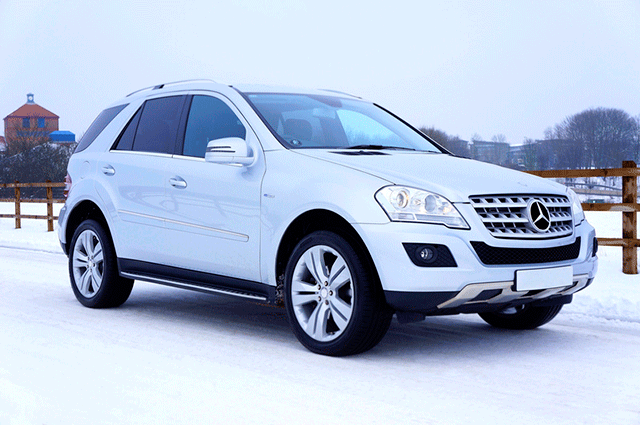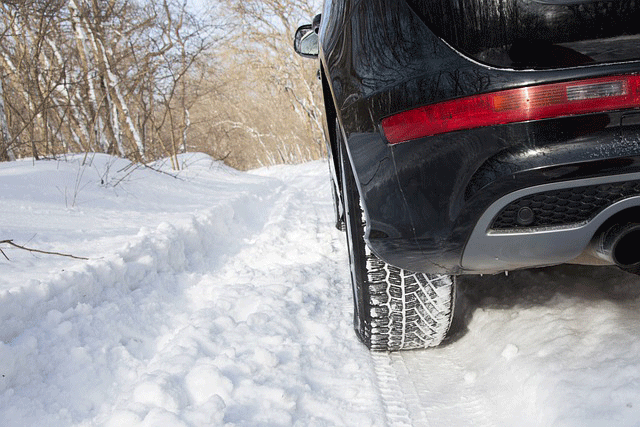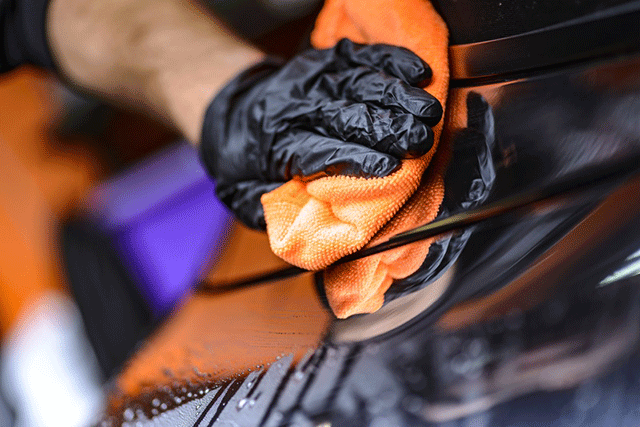Just as the scorching heat of summer can be bad for your car, the cold winter weather can also cause you some trouble. If you don’t prepare your car for the decrease in temperature and increase in moisture, you’ll soon be faced with damage that will affect driving performance and compromise your safety.

The good thing is that there are plenty of simple ways to winterize your vehicle. You’re likely going to spend a few dollars, but this type of investment is something that can prevent even bigger expenses in the future.
Table of Contents
Tips to Winter-Proof Your Car
That said, here are some excellent tips to winter-proof your car to boost your comfort and safety during colder months:
1. Check the Battery and Replace it When Needed
The cold weather requires the car battery to work harder to power up any vehicle. This is because the chemical reaction that sends the power signals to the battery terminals slows down in cold weather. The motor oil can also become thicker in consistency due to the change in temperature. In addition, corrosion can form much faster on the terminals.
Simply put, you need to perform a thorough inspection of the battery. Clean the terminals when necessary and top up the fluid with distilled water when necessary.
You may also want to visit your trusted mechanic and have them conduct a load test. This is a procedure conducted using a multimeter, to see whether your car’s battery can hold a charge reliably and how much it can hold. If the battery fails the load test, replace it ASAP.
2. Inspect the Tyres
When it comes to replacement car parts, some of the most frequently bought are the tyres. This is particularly true if you drive often and for long distances. Uneven roads, debris like stray nails or bits of glass, and impact can also speed up the wear-and-tear of car tyres.
Cold weather is also harsh on tyres. For one, it can make the rubber compound more brittle. It also causes the pressure to decrease, deflating your tyres and causing increased wear and unstable handling.
To prevent this from happening, inspect tyre pressure regularly and inflate when needed. This is especially important if you haven’t driven your car in a while.

3. Install Winter Tyres
If the winter weather is more severe in your area, you may want to consider installing winter tyres on your car for added grip. The cold temperature can harden the rubber on non-winter tyres, reducing traction. By installing winter tyres, you can make your drives much safer and more stable.
For places where the cold isn’t as harsh, a set of all-season tyres will work just fine. These provide reliable performance in any weather, as long as the conditions aren’t too extreme.
4. Check the Brakes
Like the batteries and tyres, brakes also experience strain during cold weather. This is due to the extra moisture in the air, which affects braking power. Driving on salted roads can also accelerate the formation of rust on the rotors.
To prevent accidents, make it a habit to inspect your vehicle’s braking system more frequently during the winter. If there are any problems, make sure to fix them quickly to ensure a safe driving experience.
5. Check Fluids and Flush or Top-Up When Necessary
Your car needs different kinds of fluids to work properly. At ideal temperatures, these fluids will deliver peak performance. During winter, however, they may experience chemical changes.
For example, the brake fluid may become contaminated with water molecules due to the excess moisture in the air. Some fluids may also dry up much faster or freeze completely.
To check whether you need to flush and/or top up your car’s fluid levels, make sure to park it on a flat surface and check when the engine is cold. If it’s below the recommended level, add the corresponding fluid and make sure it doesn’t exceed the marker for the maximum amount.
Some of the fluids you need to check are engine oil, antifreeze, brake fluid, and windshield wiper fluid.
6. Replace the Wiper Blades
Much like the tyres, your windshield wiper blades can become more brittle in the cold. This is definitely a bad thing, as it can negatively affect visibility. Pay attention to your windshield wipers and if you begin to notice streaks on the windshield, check the blades and see if they’re due for a change.
7. Prepare a Winter Emergency Kit
Last but certainly not least, it’s important to have a winter emergency kit in your car. It’s much like your standard emergency kit, with some winter gear thrown in. These include things like ice scrapers, tyre chains, a shovel, and road salt.
You may also want to add blankets, winter clothing, and winter boots to your winter emergency kit. Of course, it’s always a good idea to have a spare mobile phone charger or even an extra phone so you can get in touch with the authorities, your family, and your friends to ask for help.
Drive safe!













